Fire alarms are an essential safety feature in any building, alerting occupants to the presence of a fire and allowing them to evacuate to safety. There are different degrees of fire alarms, each designed to address a specific type of fire and provide the appropriate level of response. Learn different degrees of fire alarms and how they are used to protect people and property. Various fire alarms define how fast a responder will respond to a fire incident and what’s the number of teams needed to extinguish the fire. Read this article to be aware of the safety systems and necessities of fire alarms.
Every second counts during a fire. This is why every fire department and their trained dispatchers converse in shortcodes such as the fire alarm dispatch system and its ordered numbers of extremities from 1 to 5.
Different Degrees Of Fire Alarm
Quick Navigation
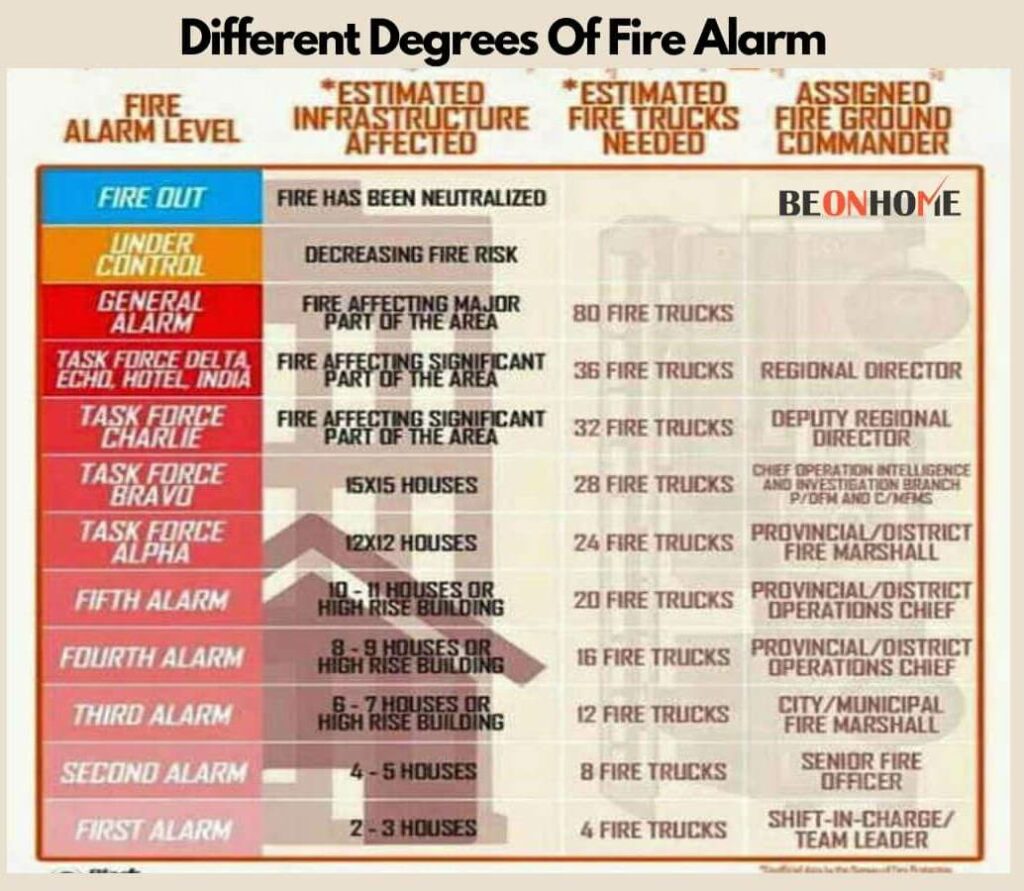
There are different levels of fire alarms depending on the severity of the fire. Various fire alerts describe how quickly people can respond to a fire and how many teams are needed to put it out.
It is important to be familiar with fire alarm safety systems and requirements. In the next section, we will learn what multiple fires mean and what fire alarm degrees are.
There are usually 5 levels of fire alarms. However, in some places, it can also be 6. It describes the intensity and severity of the fire.
- Twenty firemen and two command staff members responded to a one-alarm incident, which required three pumper vehicles and two additional trucks.
- A two-alarm fire requires 40 firemen and four command staff members, as well as double the number of trucks.
- 60 firefighters were dispatched to a three-alarm fire, including six members of the command staff.
- Firefighters responded to a four-alarm fire with 80 personnel, including eight command staff.
- A five-alarm fire requires 100 firefighters and ten command personnel.
- A six-alarm fire requires 120 firefighters and 12 command personnel.
1. ONE ALARM FIRE
Of all the levels of fire alarm, one alarm fire is the lowest. It implies that there is a fire at the location where the alarm is sounded and that the fire is limited to a small area, such as a house. It is the most basic response to a fire alarm.
A one-alarm fire normally requires at least two engines, a rescue unit, a ladder truck, and at least one battalion chief on board to administer, depending on the city’s fire department.
If the first unit arrives at the fire and believes it is essential, they will call in a second alarm (2 alarm fire), which will double the fire department’s response time and increase manpower and equipment for firefighting.
2. TWO-ALARM FIRE
A two-alarm fire requires more vehicles and firemen, but it also requires a hazardous materials vehicle and a support van known as a “supply shop” and also a hazmat unit. Additional firefighting equipment is available from the supply shop.
The hazmat unit is in charge of ensuring the safety of hazardous materials. Additional equipment, like oxygen tanks, is also provided by these units.
When a two-alarm fire is reported, up to 13 emergency vehicles may arrive on the site.
3. THREE ALARM FIRE
Everything is referred to as a multiple alarm fire from level two onwards. It is comparatively easier to deal with the first two levels.
A three-alarm fire will dispatch three times the number of firefighters, trucks, and equipment to the site. Any fire alarm dispatch that exceeds two is considered a very major fire that will take a long time to suppress.
In addition to the additional firemen and units sent in the event of a 3 alarm fire, the department may also send a media relations team to deal with journalists, as well as a vehicle equipped with food and electrolyte drinks to keep firefighters hydrated.
4. FOUR ALARM FIRE
You can tell by the name that if not managed appropriately, this is a severe category. It is highly disastrous and catastrophic. A pumper and a crew unit were added to the mix.
Lower fire alarms are rather regular; however four-alarm fires are only encountered a few times every year by fire services.
Up to 21 emergency vehicles, including 6 battalion chiefs, are expected in case of a four-alarm fire.
5. FIVE ALARM FIRE
Normally, fire stations have codes that range from one to five-alarm levels. The reason for this is that they expect they will be able to control the fire and prevent it from spreading further.
At this point, they strive to reduce the fire down to a one-alarm level before extinguishing it. It can be handled properly with the increase of workers and trucks.
What Does 2 Or 3 Alarm Fires Mean?
After a one-alarm fire, the rest are referred to as multiple alarm fires. Multiple-alarm fires are a quick means of signaling a serious fire that is difficult to put out. Fire departments follow this classification system.
The first set of firefighters on the scene is the most important observers of the severity of the situation. They inform dispatchers of the fire’s size and intensity, and if necessary, raise the fire alarm to a multiple alarm fire (two-alarm fires, three-alarm fires).
Additional units are sent to the scene of the fire as the degree increases, both to relieve units and to further help firefighting efforts.
The most common method for determining multiple alarm conditions is based on the number of units, for example, fire trucks and firefighters who respond to a fire; the more vehicles and firemen attend, the higher the alarm level.
For a two-alarm fire in New York City, dispatchers send out 25 units and 106 firemen, 33 units and 138 firefighters for a three-alarm fire, 39 and 168 firefighters for a four-alarm fire, and 44 and 198 firefighters for a five-alarm fire.
What Is the Highest Alarm Fire Ever?
Even though a five-alarm fire is fairly severe, there are times when blazes can reach a ten-alarm level, and fire departments without a system capable of handling such a massive fire may find themselves in difficulty. As fire departments contain problems, the strength of the fire alarm decreases.
There is no limit to how many alerts can be triggered. If a significant fire occurs and the Fire Department is short on personnel and equipment, it may seek support from surrounding agencies.
FAQs
Is There Any Such Thing As A More Than Five Alarm Fire?
Yes, fire alarm assignments can go beyond and beyond five alarms, if necessary. They may need to enlist the help of other departments to deal with the large number of persons and equipment necessary.
A 16-alarm fire (some sources indicate 20 alarms) in Brooklyn, New York in 1995 was the highest-alarm fire in history.
Can The Fire Alarm Number Go Down On A Fire?
Yes, just as a fire alarm number might rise as things become worse, it can also fall when things get better.
If the on-scene Incident Commander (IC) considers the fire’s severity has been exaggerated in the first place. When time is of the essence, it is always better to send more resources and return them if you don’t need them.
What does a 10 alarm fire mean?
The most serious sort of fire is a ten-alarm fire. A big number of emergency cars and firefighters are dispatched to put out the fire. In 1881, the city of Philadelphia, Pennsylvania, passed a law allowing up to ten units from each company to react to an emergency.
Final Talk
So to conclude, it is necessary that every building or institution should have a loud enough fire and smoke alarm system as we all know how terrifying fire can be. So we should always take proper steps and precautions to avoid it. We get a very small amount of time to escape when there is a fire breakout.
It can spread to twice its size within seconds and can get out of control. It can generate an incredible amount of heat causing severe burns to the victims trapped inside the buildings and can kill people. Fire is a major issue that should not be ignored.
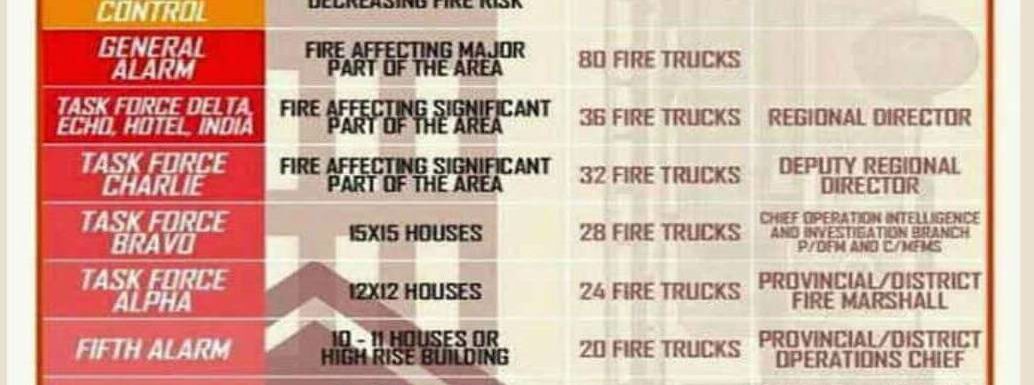

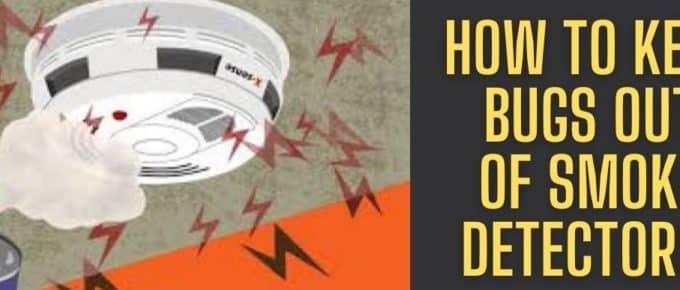


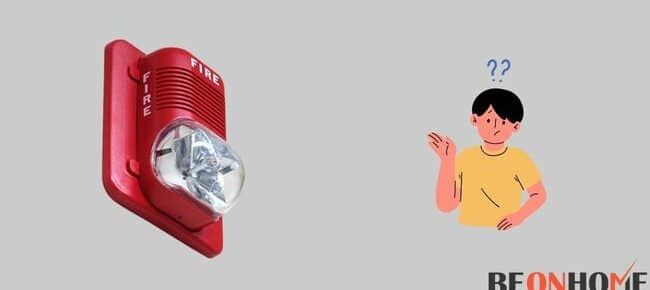
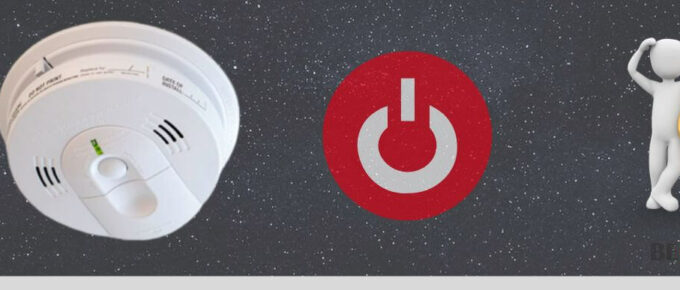
Leave a Reply